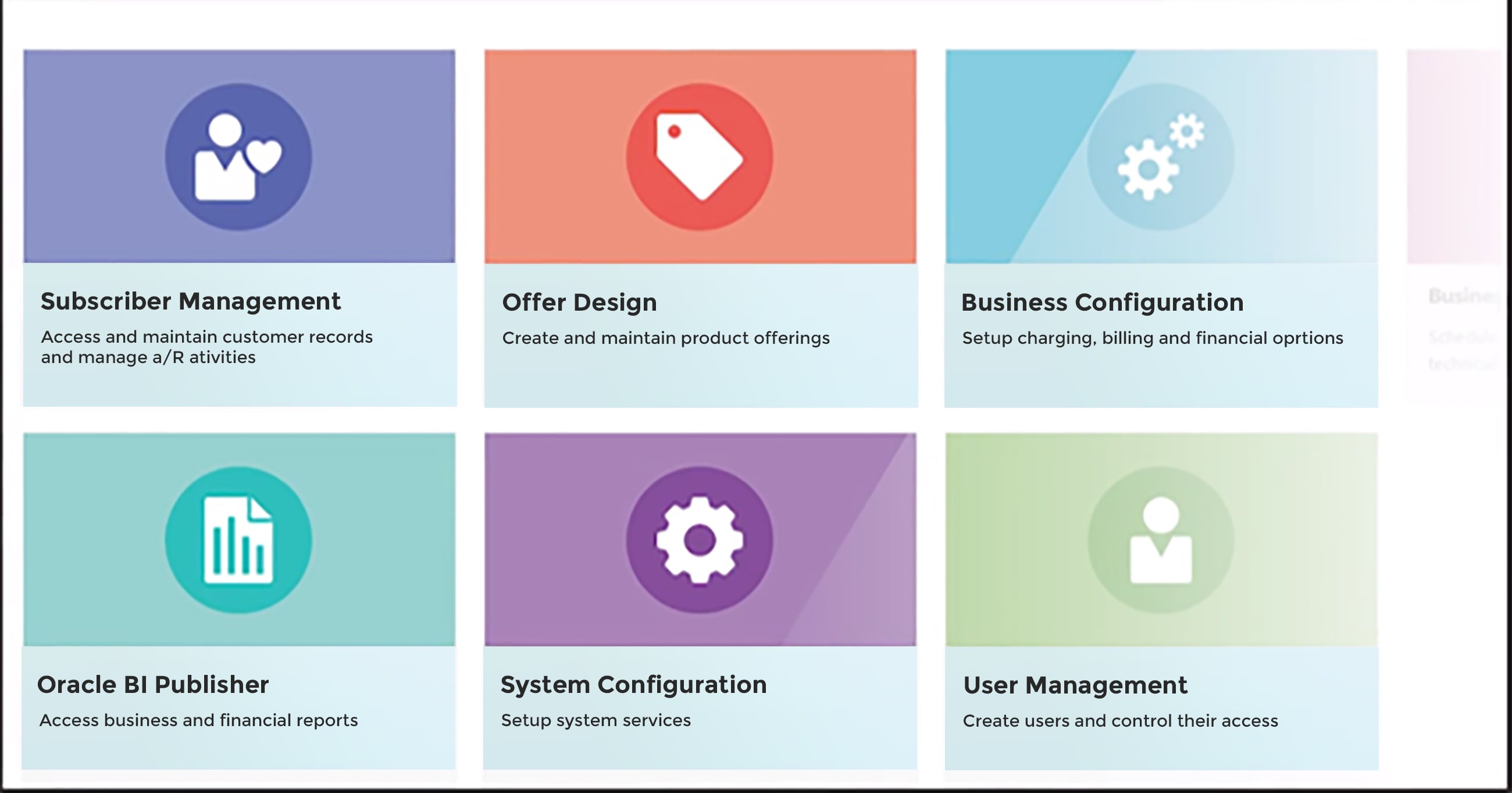A Peek into Oracle’s Subscription Management
Gartner has estimated that more than 80% of software providers would have migrated to a subscription-based business model by end of the year 2020. Another research predicts the global subscription economy for the SaaS companies to be a $100 billion market opportunity by 2020.
There are several challenges that subscription businesses face when setting up their services and maintaining a robust relationship with their customers. The only way that businesses can address and overcome these challenges is by using an effective recurring billing and payment system that is flexible enough to meet customer’s requirements. Learn more about Oracle Cloud Services
Oracle Monetization Cloud software is a new offering from the oracle in the subscription business market. This new cloud software provides a market for digital and subscription-enabled services and products by leveraging the life cycle of customer rating and discounting, on-boarding, billing, offer creation, customized invoicing, and reporting capability. Additionally, Oracle also has its own ERP systems like e-Business Suite and Fusion Cloud that comes with several out-of-the-box adapters that can seamlessly integrate on-premise and cloud applications and make them work with a variety of databases and services.
What is Oracle Monetization Cloud (OMC)?
Oracle Monetization Cloud offers subscription-enabled products and services for subscription billing, payments, and revenue management solutions.
What can you do with OMC?
Oracle Monetization Cloud offers the following services:
- Design product offerings to sell to customers.
- Create and manage accounts of customers when you sell your product offerings.
- Bill clients for subscription fees and usage charges.
- Collect payments.
- Get reports about management and financial activity.
- Manages the entire life-cycle: Oracle Monetization Cloud supports the full life-cycle of subscription services, from on-boarding the subscribers to launching and changing inventive contributions as required, to leveraging flexible rating, discounting and billing capabilities to customizing invoices and analyzing business performance through robust reporting.
- Integrates with external systems: The software provides in-built connectors and standard web-based SOAP and REST APIs to integrate with front-office and back-office systems, such as CRM applications, e-commerce applications, enterprise resource planning (ERP) systems, and payment and tax gateways.
- Complies with industry standards: It complies with widely accepted industry standards like Generally Accepted Accounting Principles (GAAP), ASC 606 and IFRS 15 revenue recognition guidelines. It offers re-invoicing and recognition of different types of revenue that allows you to reduce risk, minimize revenue leakage and ensures compliance with the audit.
- Customer Experience: OMC helps enterprises to serve their customers through easy to use, user-friendly interfaces that provide real-time data of customer activity and allows access to all aspects of customer account history. Customer loyalty can be built by awarding non-currency assets such as options to download movies or games. When customers are about to reach their consumption thresholds, notifications are sent to make them aware of their usage. Moreover, flexible options for invoice design and delivery create additional opportunities to build subscriber relationships and improved client retention.
- Revenue Management: It supports complete Accounts Receivable activities such as payments, adjustments, refunds, disputes, and write-offs. On the General Ledger side, support of full rev rec is available. The data can also be exported to other financial systems including Oracle ERP.
The home page of the OMC contains the links to the following applications –
- Subscriber Management
- Offer Design
- Business Configuration
- Business Operations
- Oracle BI Publisher
- System Configuration
- User Management

It is used for creating accounts and managing customers, accounts receivables, invoices, and payment. It is a real-time, user-friendly interface that provides updated views of the customer’s balances, entitlements and provides access to full billing and receivables history.
Offer Design
Offer Design is used for designing the product offerings. It gives the ability to create and bundle services and products for the rapid deployment of digital services and hybrid offerings. It is also used to configure non-currency resources such as customer loyalty points.
Business Configuration
It is the main component of the cloud service setup which is used for configuring services, events, balance elements, and business configuration parameters.
Business Operations
It is used for scheduling and monitoring billing, payment, invoicing, and general ledger (GL) report jobs and for tracking business trends.
Oracle BI Publisher
It is used for running financial, subscriber, and compliance reports.
System Configuration
System configuration is used for configuring connections to external systems.
User Management
User Management is used for creating and managing user accounts, roles, and passwords.
The Ending
The subscription-based business model is growing at a rapid rate and businesses must adopt it now or later. The sooner they move, the lesser the pain. A considerable chunk of all the digital and physical services that we all use today are subscription-based. The success of any recurring business model depends on its ability to build robust and positive relationships with its customers. With a flexible and well-designed subscription management system like Oracle, every sign-up can be a start of something beautiful, instead of an operational and maintenance headache.
Comments
Post a Comment